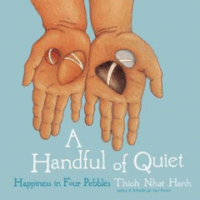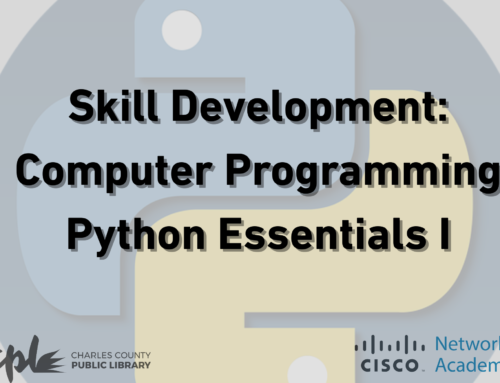
If you’re anything like me, you might be feeling, well…a bit exhausted. We’ve come to the middle of the year, and it’s safe to say that it’s been a riveting one. Between economic crises, civil and international warfare, social injustices and not to mention *the election season*, there’s so many things vying for our attention at one time. One might be thinking, ‘Is peace possible?’
In his work ‘How to Smile,’ Thich Nhat Hanh describes peace as a practice of mindfulness. He writes, “Sometimes joy is the cause of your smile; sometimes your smile is the cause of your joy. Why discriminate? Wherever you are, practice breathing in and out. In time, you will calm yourself, and your smile will become real. When we practice peace and are able to smile, our peace can influence the whole universe.”
Consider this your invitation to a moment of mindfulness. Sometimes, we’ve got to quiet our minds to find peace within. Many times, we may think we’ve lost peace, but the truth is it never really leaves us. It simply gets buried, albeit smothered by the cares of life. Thich Nhat Hanh reminds us that we already have everything we need. Thankfully, if this is your type of thing, CCPL has so many resources to offer in the area of seeking peace, joy, and happiness, even with the mundane tasks of daily life. Additional titles by Thich Nhat Hanh are also available through the Libby app using your library card.
FOR FURTHER READING
How to Smile Nhat Hanh, Thich (Author)
A Zen master provides teachings, tools and meditations to practice during times of suffering to help promote transformation and healing within ourselves and also how to listen deeply and develop a greater capacity to understand the suffering of others.
-Description provided by Publisher
Happiness Nhat Hanh, Thich (Author)
Thich Nhat Hanh’s central teaching is that, through mindfulness, we can learn to live in the present moment instead of in the past and in the future. It’s the only way to truly develop peace, both in one’s self and in the world. Now, for the first time, all of Thich Nhat Hanh’s key practices are collected in one accessible and easy-to-use volume.
Happiness is structured to introduce those new to Buddhist teachings as well as more experienced practitioners, serving as a quintessential resource of mindfulness practices. Integrating these practices into daily life allows the reader to begin to cultivate peace and joy within him/herself, leading to solidity and freedom from fear, misunderstanding, and suffering.
With the practices offered in Happiness, Thich Nhat Hanh encourages the reader to learn to do all the things they do in daily life with mindfulness; to walk, sit, work, eat, and drive, with full awareness of what they are doing. It can bring about a shift towards one of the principles of engaged Buddhism, a shift towards practicing mindfulness in every moment of the day and not just while ‘formally’ meditating.
Thich Nhat Hanh encourages his readers to “try to be intelligent and skillful in their practice, approaching every aspect of the practice with curiosity and a sense of search. It’s important to practice with understanding and not just for the form and appearance. Enjoy your practice with a relaxed and gentle attitude, with an open mind and receptive heart.”
-Description provided by Publisher
A Handful of Quiet Nhat Hanh, Thich (Author)
A playful, illustrated guide to one of the best-known and most innovative meditation practices for young children experiencing stress, difficulty focusing, and difficult emotions
Developed by Thich Nhat Hanh as part of the Plum Village community’s practice with children, pebble meditation is a playful and fun activity that parents and educators can do with their children to introduce them to meditation. It is designed to involve children in a hands-on and creative way that touches on their interconnection with nature. Practicing pebble meditation can help relieve stress, increase concentration, nourish gratitude, and can help children deal with difficult emotions.
A Handful of Quiet is a concrete activity that parents and educators can introduce to children in school settings, in their local communities or at home, in a way that is meaningful and inviting. Any adult wishing to plant seeds of peace, relaxation, and awareness in children will find this unique meditation guide helpful. Children can also enjoy doing pebble meditation on their own.
-Description provided by Publisher








